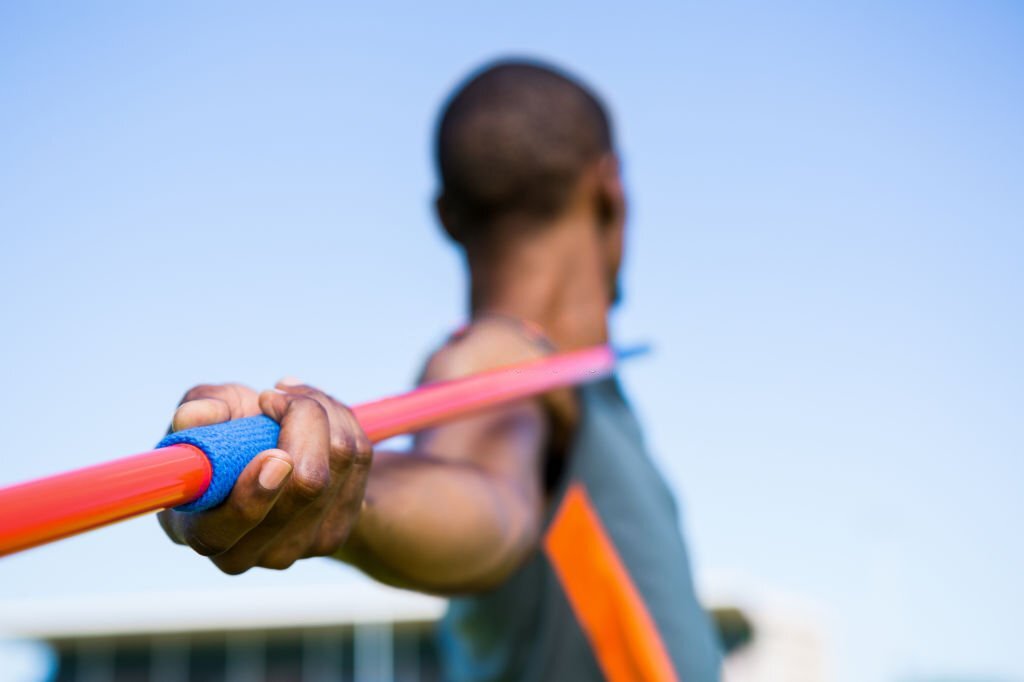Topic Content:
- Basic Skills in Javelin
- Phases of Javelin Throw
1. The Grip:
There are three types of grip:
a. American grip
b. Finish grip
c. “V” grip

a. American Grip: American grip involves holding the javelin in such a way that the three fingers encircle the whipcord and the thumb rests slightly along the shaft.
You are viewing an excerpt of this Topic. Subscribe Now to get Full Access to ALL this Subject's Topics and Quizzes for this Term!
Click on the button "Subscribe Now" below for Full Access!
Subscribe Now
Note: If you have Already Subscribed and you are seeing this message, it means you are logged out. Please Log In using the Login Button Below to Carry on Studying!



Responses